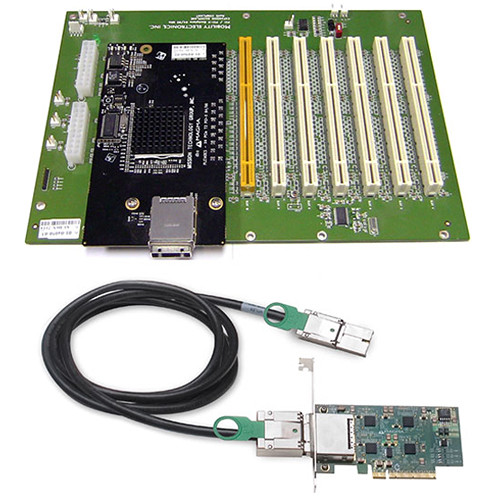
Stands for 'Peripheral Component Interconnect.' PCI is a hardware bus used for adding internal components to a desktop computer. For example, a PCI card can be inserted into a PCI slot on a motherboard, providing additional I/O ports on the back of a computer.
The PCI architecture, also known as 'conventional PCI,' was designed by Intel and introduced in 1992. Many desktop PCs from the early 1990s to the mid 2000s had room for two to five PCI cards. Each card required an open slot on the motherboard and a removable panel on the back of the system unit. Adding PCI cards was an easy way to upgrade a computer, since you could add a better video card, faster wired or wireless networking, or add new ports, like USB 2.0.
Pci Express Slots Define
PCI refers to both PCI slots on the motherboard and the PCI hardware cards themselves. The slot serves as a plug-and-play interface for your hardware, enabling quick installation without the need for. The usecase is that user puts in high performing PCIe card to low performing PCIe slot. Let us say card is capable of supporting PCIE3.0 with 16 bit, but the end user inserts this in to the slots of lower standard (PCIE2.0) or to lower bus width (8 bit). A PCI slot is just an extension of this purpose. PCI stands for Peripheral Component Interface (or interconnect, depending on who you talk to). This means that it allows you to insert expansion cards into your computer. These can come in.
The original 32-bit, 33 MHz PCI standard supported data transfer rates of 133 megabytes per second. An upgraded 64-bit, 66 MHz standard was created a few years later and allowed for much faster data transfer rates up to 533 MHz. In 1998, IBM, HP, and Compaq introduced PCI-X (or 'PCI eXtended'), which was backwards compatible with PCI. The 133 MHz PCI-X interface supported data transfer rates up to 1064 MHz.
Both PCI and PCI-X were superseded by PCI Express, which was introduced in 2004.
Updated: June 25, 2018
Originally known as 3rd Generation I/O (3GIO), PCI Express, or PCIe, was approved in July 2002 as a serial computer expansion bus standard. PCI Express was designed as a high-speed replacement for the aging PCI and AGP standards and is available in different formats. The data transmitted over PCI Express is sent over wires (called lanes) in full duplex mode (both directions at the same time). Each lane is capable of transfer speeds around 250 MB/s and each slot can be scaled from 1 to 32 lanes. With 16 lanes, PCI Express supports a bandwidth of up to 4,000 MB/s. The following images show what the PCI Express slots look like on a motherboard.

Related pages


Define Pci Slots App
- The official PCI Express website.
Computer acronyms, Expansion slot, Hardware terms, M.2, Motherboard terms, NVMe, PCI